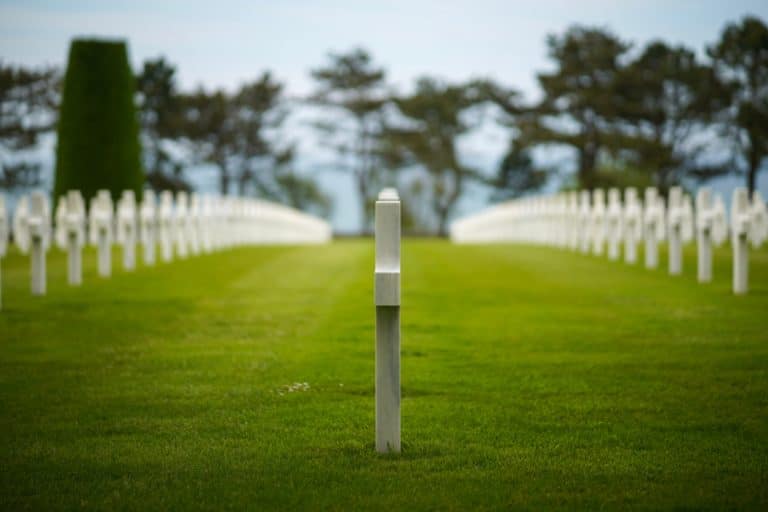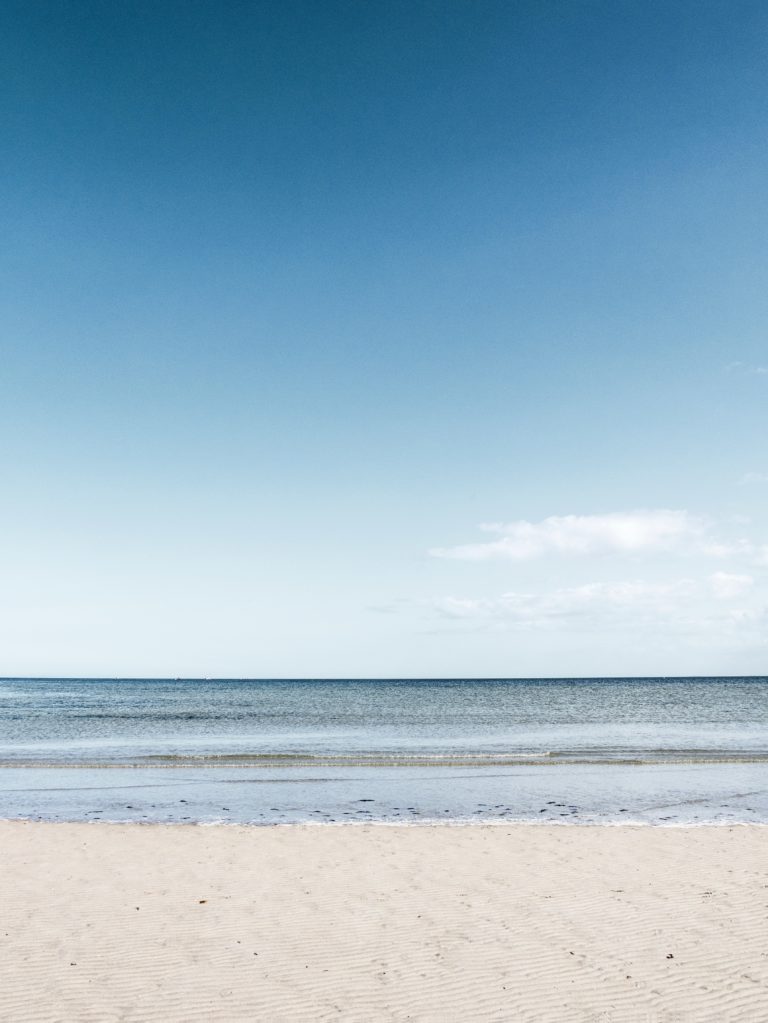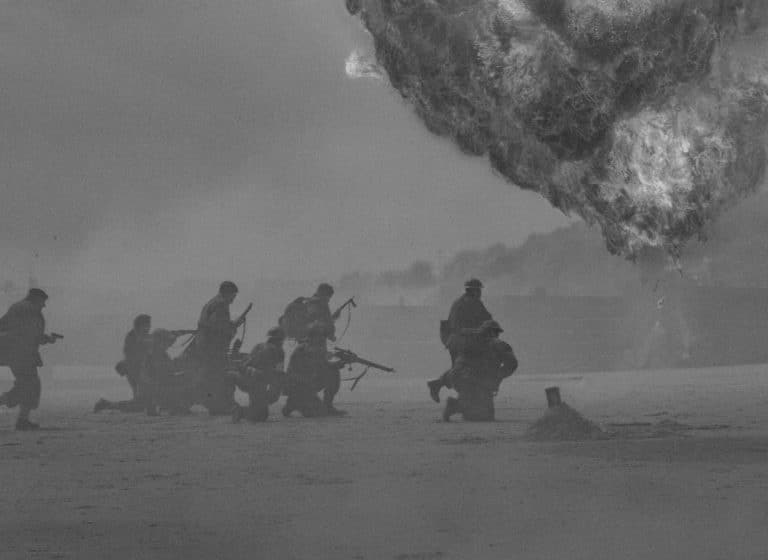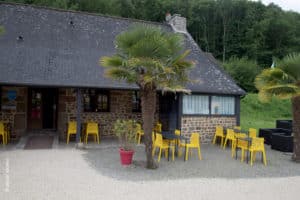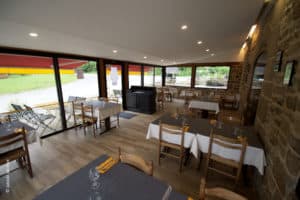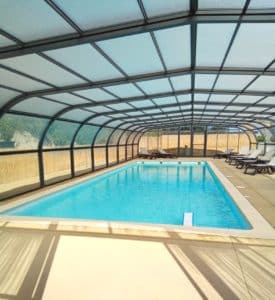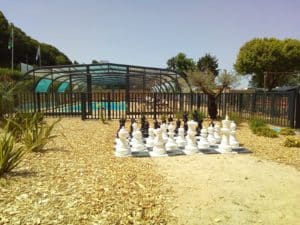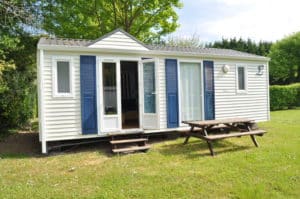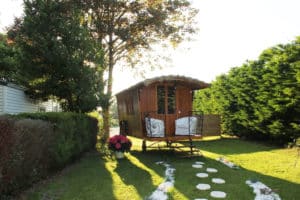
Campsite Plages du débarquement
To this day, the Allied landings in Normandy during the Second World War are the largest deployment of armed troops in a single operation.
Our campsite near the D-Day landing beaches
Of this period, there remains the memory that offers us some 24 museums in different cities related to the Normandy coast and 4 others spread a little further inland. The D-Day landing beaches are an inescapable stage in the memory of our history.
Our campsite near the D-Day landing beaches is the ideal starting point to discover the historical sites of the Second World War.
Tour of the D-Day landing beaches from the campsite
At 1 h 30 by car from our camping in Roz en Couesnon you can discover the 5 D-Day beaches.
With 150,000 soldiers, 5,000 ships and 10,000 aircraft, the landing beaches witnessed a fierce struggle to end the Second World War.µ
Coming from different countries, the soldiers will land on strategic places which are the beaches along the Normandy coast between Ouistreham and Arromanches.
Utah Beach, the first beach where the Americans landed
- Omaha Beach, which was the second landing zone for our American allies,
- Gold Beach, which was the landing zone for Anglo-Canadian troops,
- Juno Beach, which is the 2ᵉ entry area for the Anglo-Canadian Army,
- Sword Beach, further east, was the last Anglo-Canadian position.
Here is a small tour of the D-Day landing beaches to visit from our 4 star campsite Les Couesnons.
Courseulles or Arromanches
You can make a circuit of the beaches from Courseulles or Arromanches. These cities are ideally located because of their central position, which allows you to travel to the different beaches and enjoy the museums and visits that are related to them. You can also, once you have completed the tour of the beaches, finish with the Caen Memorial.




